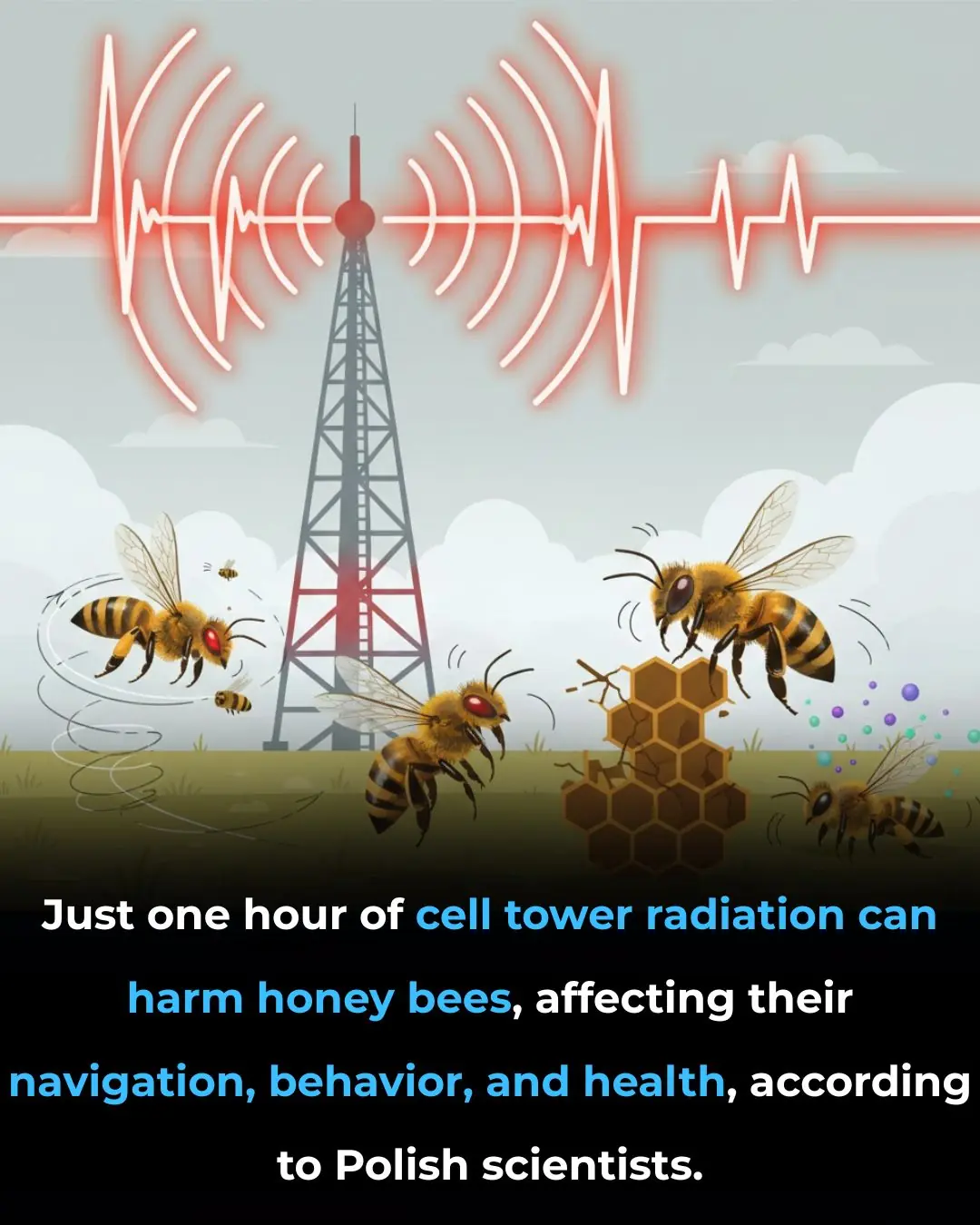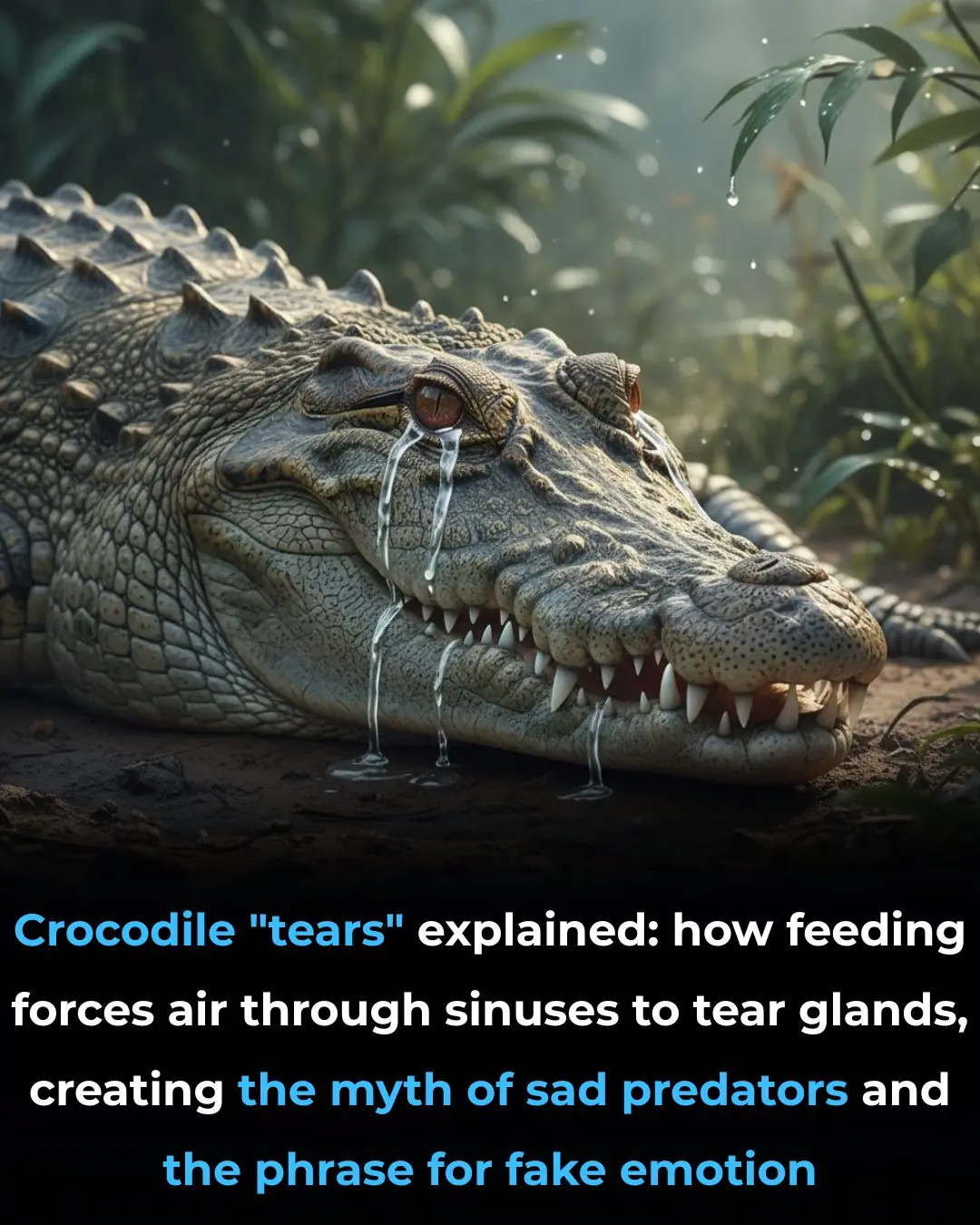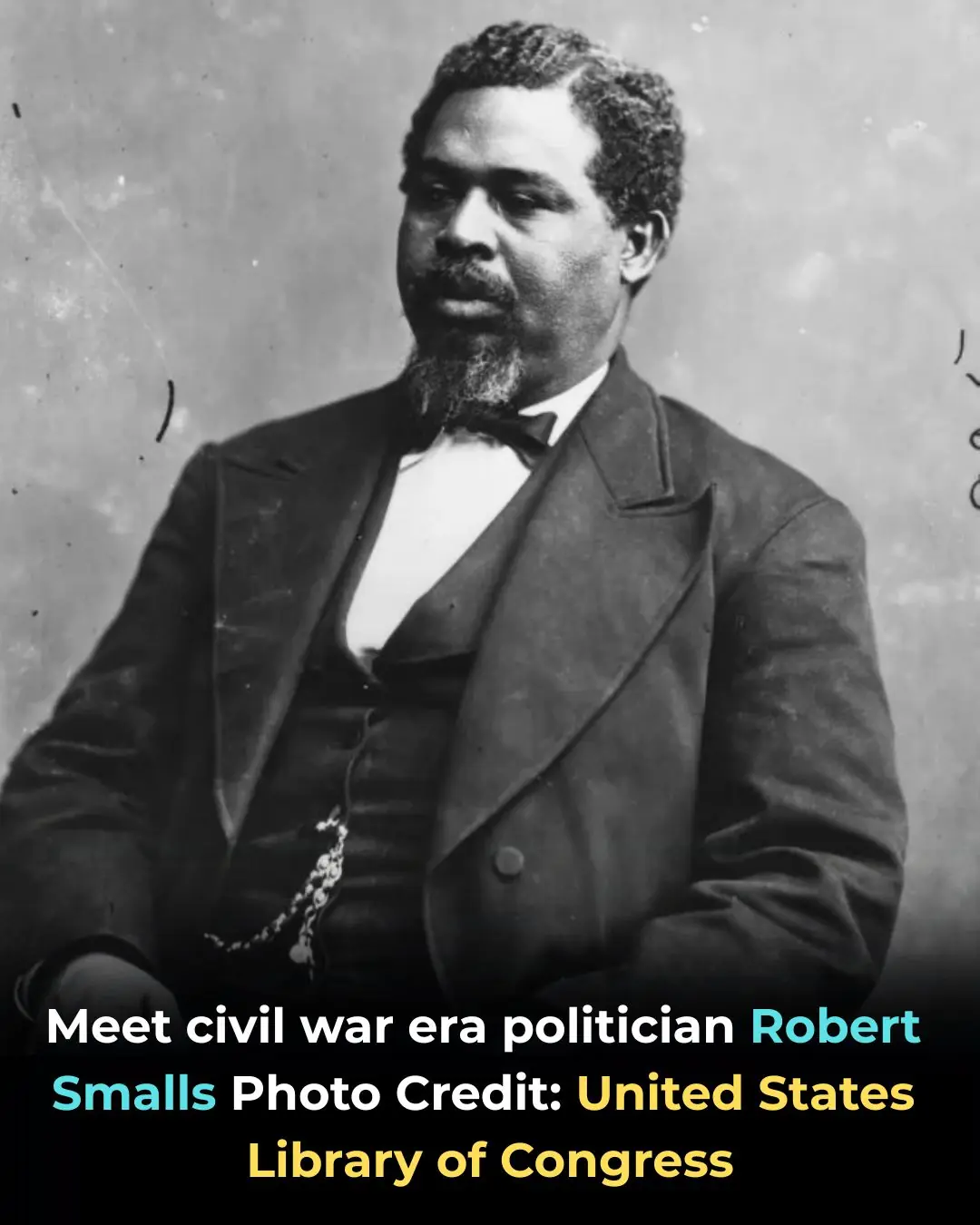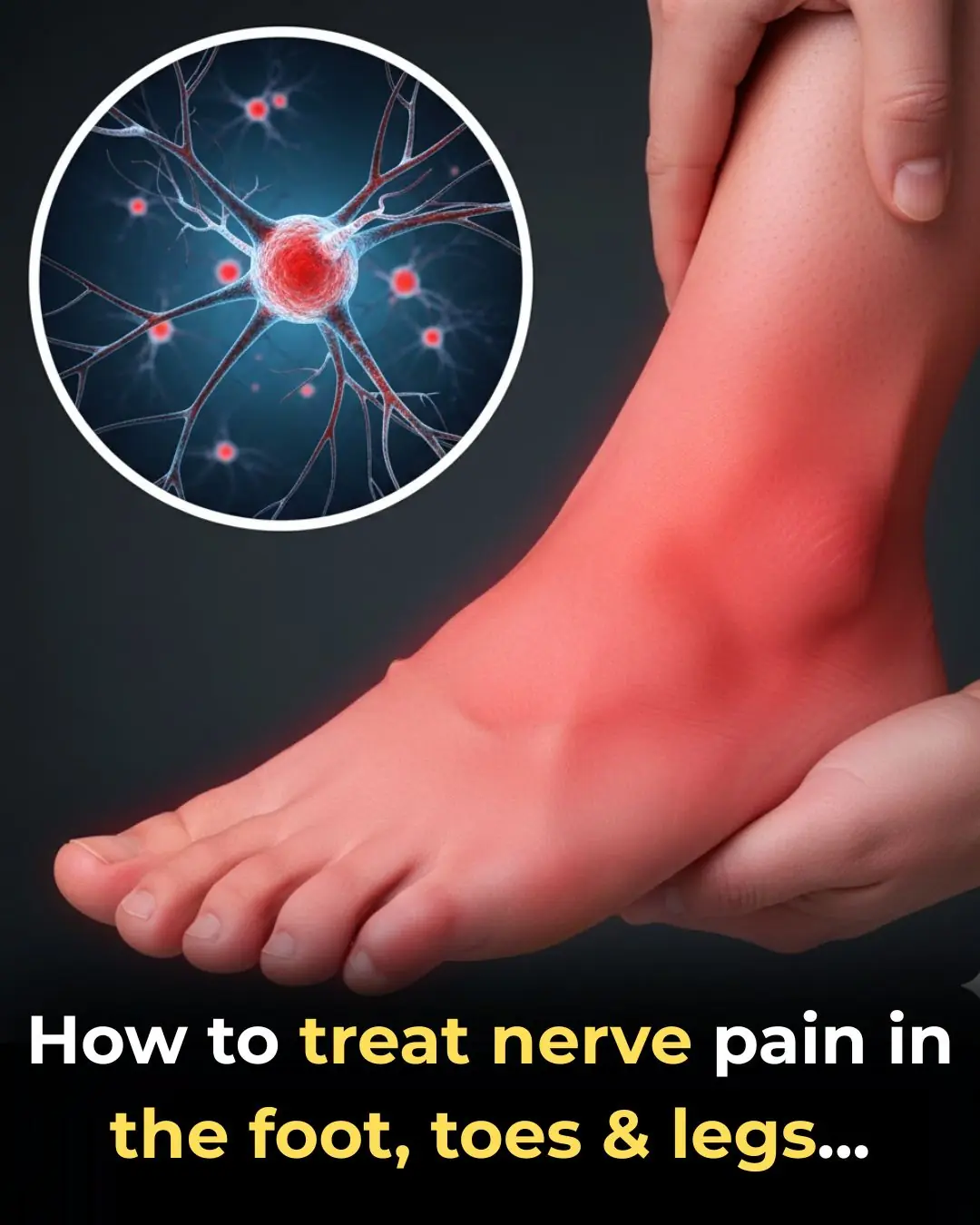
Why Bees Land on Fresh Laundry: Understanding Their Attraction and How to Prevent It
If you’ve ever hung freshly washed clothes outside to dry—especially on a warm, sunny day—you’ve likely noticed a few unexpected visitors. While insects in general are drawn to outdoor laundry, bees are among the most surprising guests. Many people panic when they see bees hovering around shirts, towels, or even underwear fluttering on a clothesline. Yet this phenomenon has a surprisingly simple explanation rooted in nature. Bees are incredibly sensitive to scents, colors, and environmental cues, and sometimes clean laundry checks all the boxes that signal “food source” to them.

Understanding why bees land on clothes can help reduce alarm and prevent unnecessary stings. More importantly, it can help us appreciate these beneficial insects while keeping our laundry bee-free.
Scent Attraction: When Laundry Smells Like Flowers
Bees depend primarily on their sense of smell to navigate the world. Their antennae detect thousands of scent compounds, including floral fragrances, pheromones, and even chemical signals from their hive. Because of this heightened sensitivity, the smell of freshly washed laundry can easily confuse them.
Modern detergents and fabric softeners often contain fragrances inspired by nature—think lavender, rose, jasmine, citrus, and other floral or fruity scents. To a human nose, these scents simply make clothes smell clean and pleasant. To a bee, however, they can mimic the aroma of nectar-producing flowers.

Imagine a bee flying through a garden. It picks up the scent of what seems like a cluster of blossoms, follows the trail, and lands—only to discover a cotton shirt or a towel instead. The bee may crawl around exploring, trying to locate the nectar source that its instincts tell it should be there. Once it realizes the mistake, it usually moves on.
Even unscented laundry products can attract bees if they contain subtle botanical notes or if the fresh air adds a natural smell that resembles blooming plants. Additionally, freshly washed clothes can carry moisture that amplifies any remaining scent, making them particularly tempting.
Color and Visual Signals: How Fabrics Mimic Flowers
Bees don’t see color the way humans do. Their vision is tuned to blue, green, and ultraviolet light—spectrums that help them locate flowers. Certain fabric colors, especially light or bright ones, can reflect sunlight in ways that resemble petals or pollen-rich blossoms.
For example:
- White and yellow fabrics can appear similar to daisy-like flowers.
- Pastel pinks, purples, and blues mimic many nectar-producing species.
- Clothes with floral patterns may literally look like flowers from the bees’ perspective.
When sunlight enhances these colors, it creates even stronger visual cues. On hot days, heat radiating from the fabric can also contribute to the illusion. A combination of scent, color, and warmth makes laundry a highly attractive landing zone for curious bees.

Behavioral Curiosity: Bees Are Investigators by Nature
Bees are not only hardworking pollinators but also naturally curious creatures. Part of their daily routine involves exploring new scents and colors in search of nectar sources. A clothesline filled with fluttering fabrics is almost like a field of unfamiliar flowers.
Most bees do not land with the intention to sting. Instead, they investigate by gently touching down, crawling a bit, and using their antennae to gather information. If they sense no nectar, pollen, or defensive threat, they leave peacefully.
This curiosity helps bees survive, but it can startle people who fear being stung. It’s important to remember that bees typically sting only when threatened or startled—such as if they are accidentally brushed, pinched, or trapped within clothing.
Is It Dangerous? Understanding the Risk
While seeing bees on laundry can feel alarming, the actual risk is low. Bees are defensive, not aggressive. They will sting only if they feel they are in danger. If you notice them on your laundry:
- Avoid shaking clothes vigorously.
- Let bees leave on their own.
- If necessary, gently blow on them or lift the fabric calmly.
The real danger arises when a bee becomes trapped in a sleeve, pant leg, or towel. Always shake out laundry before bringing it inside, just in case a bee or other insect is hiding within the folds.

Practical Tips to Prevent Bees From Landing on Laundry
Fortunately, there are simple ways to reduce or even eliminate bee visits without resorting to harmful measures:
- Use unscented or lightly scented detergents: Fragrance-free products are less confusing to bees.
- Avoid strongly floral fabric softeners: These are the biggest triggers for bees looking for nectar.
- Hang clothes in shaded areas: Colors are less reflective and scents don’t carry as far in the shade.
- Choose darker fabrics when drying outside: Bees are less attracted to dark or earthy colors.
- Dry clothes indoors during peak bee activity: Late mornings and early afternoons are when bees forage most actively.
- Shake clothes thoroughly before folding or bringing them indoors: This ensures no bee is accidentally carried inside.
Conclusion
Bees landing on freshly washed laundry may seem strange, but it’s entirely natural. Their remarkable sense of smell and unique vision lead them to mistake scented, brightly colored fabrics for flowers. While their presence can be surprising, bees mean no harm—they’re simply following their instincts.
By understanding the reasons behind this behavior and making small adjustments to how we wash and dry clothing, we can coexist peacefully with these valuable pollinators while keeping our laundry fresh, clean, and bee-free.
News in the same category


Wood vs. Diamonds: The Cosmic Rarity of Life's Fingerprint

🌌 An Accidental Revolution: How the Search for Black Holes Led to the Invention of Wi-Fi

📈 The $5 Trillion Threshold: NVIDIA Becomes the World’s Most Valuable Company, Reshaping Global Economic Influence

🐝 The Silent Threat: Research Links Cell Tower Radiation to Harmful Effects on Honey Bee Health

Why Some Eggs Are Speckled

What Are the “Black Triangles” Between Your Teeth

Inserting a toothpick into this exact spot on the electric kettle has an amazing effect — a useful trick everyone should know

Crocodile Tears Explained: From Natural Reflex to Cultural Legend

Millions Travel Nationwide for a Nostalgic and Festive Thanksgiving Weekend

⌚ The Unassuming Icon: Casio’s Enduring Philosophy of Utility Over Luxury

✨ A Young Innovator’s Global Impact: Rachel Brouwer’s Solar Water Purifier Offers Hope to Underserved Communities

🤫 The Quiet Confidence: Why Healthy, Stable Couples Post Less on Social Media

Kamala Harris Sparks National Conversation on Lowering the Voting Age

🧠✨ Stunning MRI Images Reveal the Hidden World of Babies in the Womb

Doctors Discover First-Ever Live Worm Found in a Human Brain: A Historic Medical Case in Australia

What Are the “Black Triangles” Between Your Teeth

12-Year-Old Innovator Creates Low-Cost Virus-Removing Air Filter Adopted Across Connecticut

Billionaire Judy Faulkner, 82, Commits to Giving Away 99% of Her $7.8B Fortune
News Post

Recreating a Legacy: Ruben Flowers Joins His Father as Co-Pilot on Captain Flowers’ Final Southwest Airlines Flight

Wood vs. Diamonds: The Cosmic Rarity of Life's Fingerprint

Local Washington State Park Changes Name Meaning To Honor Rosa Franklin, The States First Black Woman Senator

THIS SEED: AFTER 50, IT STRENGTHENS BONES & CURES ALL PAINS

High Blood Pressure Has a New Culprit

Civil War Era Politician Robert Smalls Becomes First African American to Receive Monument in South Carolina

How to treat nerve pain in the foot, toes & legs

Dr. Patricia Bath Set To Make History As First Black Woman Inducted Into National Inventors Hall of Fame

Unlocking the Power of Rosemary Tea: A Natural Elixir for Mind, Body, and Soul

🌌 An Accidental Revolution: How the Search for Black Holes Led to the Invention of Wi-Fi

📈 The $5 Trillion Threshold: NVIDIA Becomes the World’s Most Valuable Company, Reshaping Global Economic Influence

Angela Davis to Keynote Largest Black Feminist Conference in the Nation

🐝 The Silent Threat: Research Links Cell Tower Radiation to Harmful Effects on Honey Bee Health

NYC-Based Events Company Is Creating Spaces to Empower Indy Black Artists Across the East Coast

Why Some Eggs Are Speckled

Drinking Water the Right Way

This is the correct way to preserve pork in the freezer: The meat will not dry out, and will still retain all its nutrients for a whole month.

Pour salt into the toilet, everyone calls you crazy but know its uses and do it at home right away

What Are the “Black Triangles” Between Your Teeth
